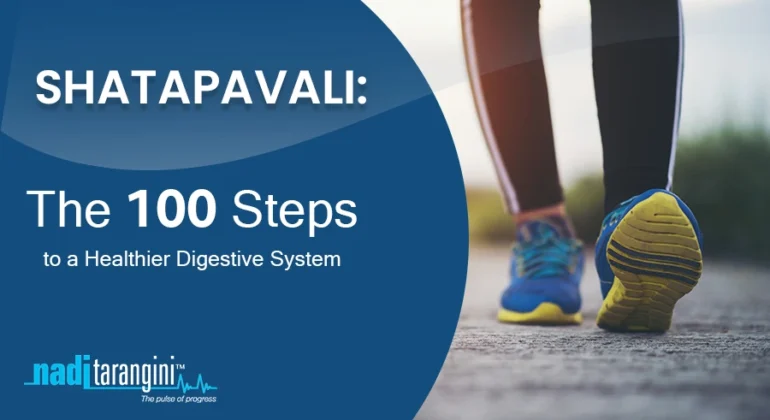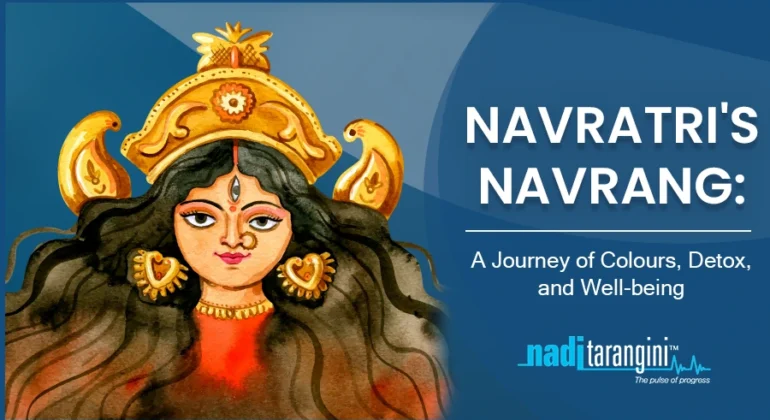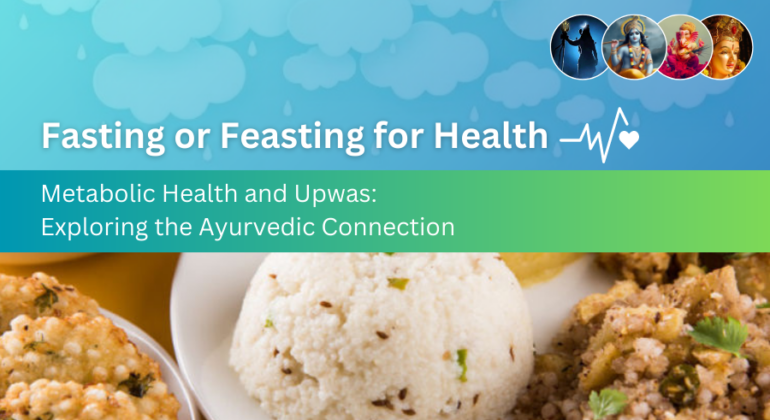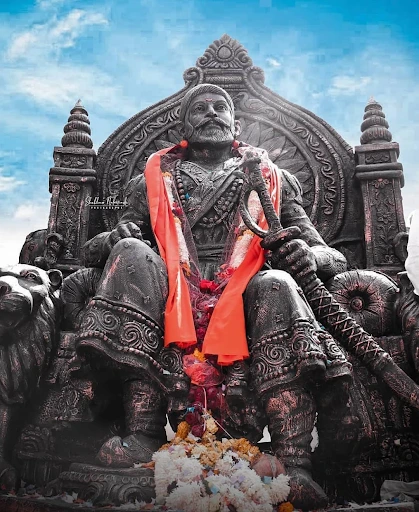Navratri’s Navrang: A Journey of Colours, Detox, and Well-being
The festival of Navratri is a vibrant and joyous celebration that holds a special place in the hearts of millions of people in India and worldwide. This nine-night festival, dedicated to the worship of the goddess Durga, is a religious observance and a cultural extravaganza …
Stay fit at home with Ayurveda.
Ayurveda is an ancient science of life. In the Ayurvedic science of life, health (Aarogya) is considered the most vital aspect for the accomplishment of Purusharth Chatushya (Four aims and objectives of life). In the present era of wealth and technology people are living their …
A glimpse of Ayurveda from the Maratha Empire period
Shiv Jayanti is the celebration of the birth anniversary of Chhatrapati Shivaji Maharaj. Shivaji Maharaj is considered a valorous warrior for his innovative military tactics and a skillful administrator. The Maratha Empire dominated a large part of the Indian subcontinent in the 17th century. We often …






